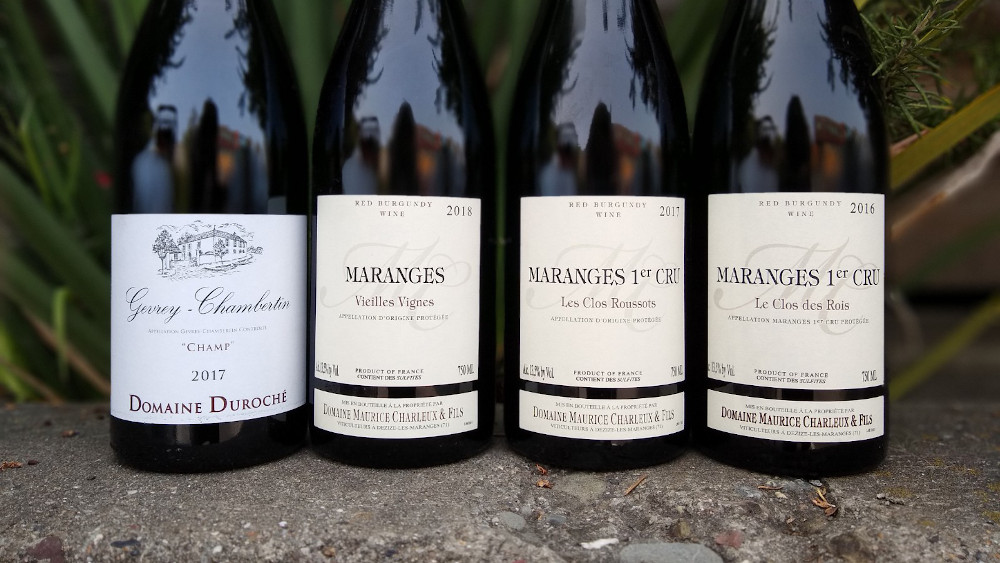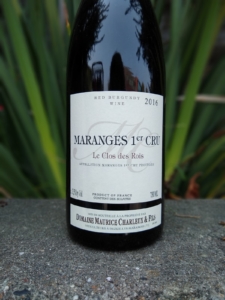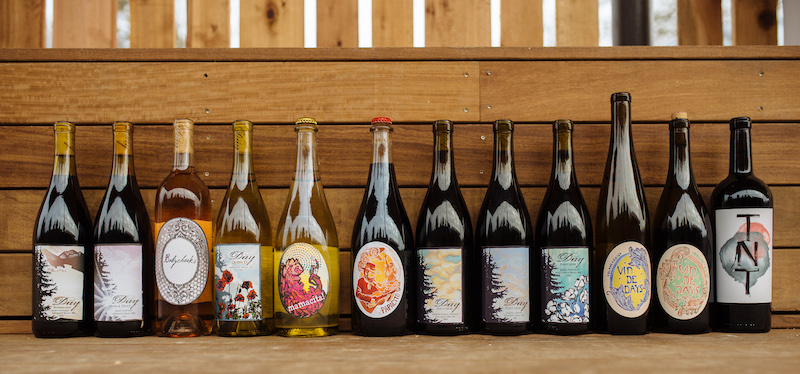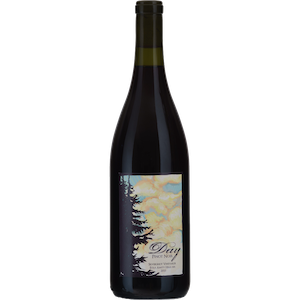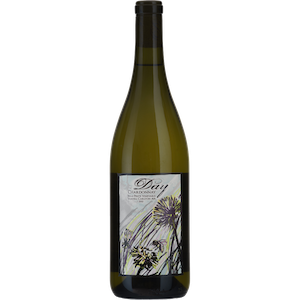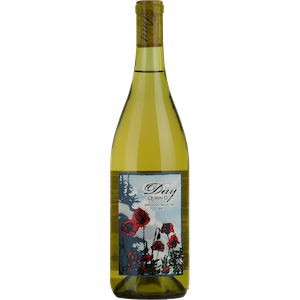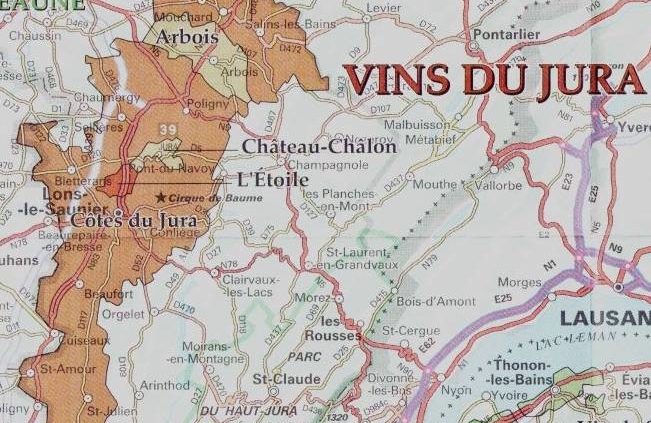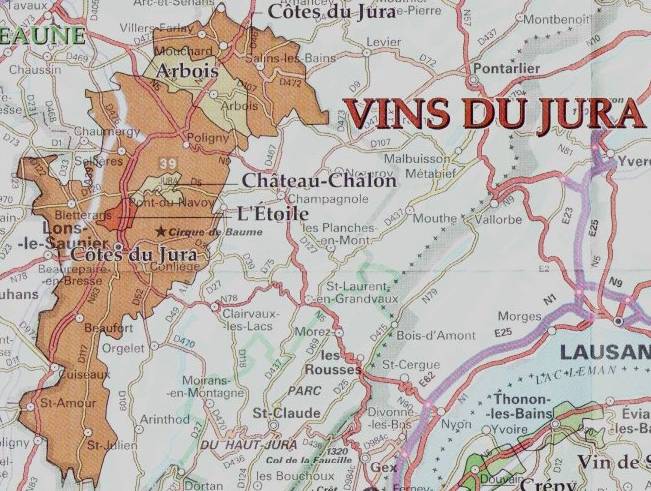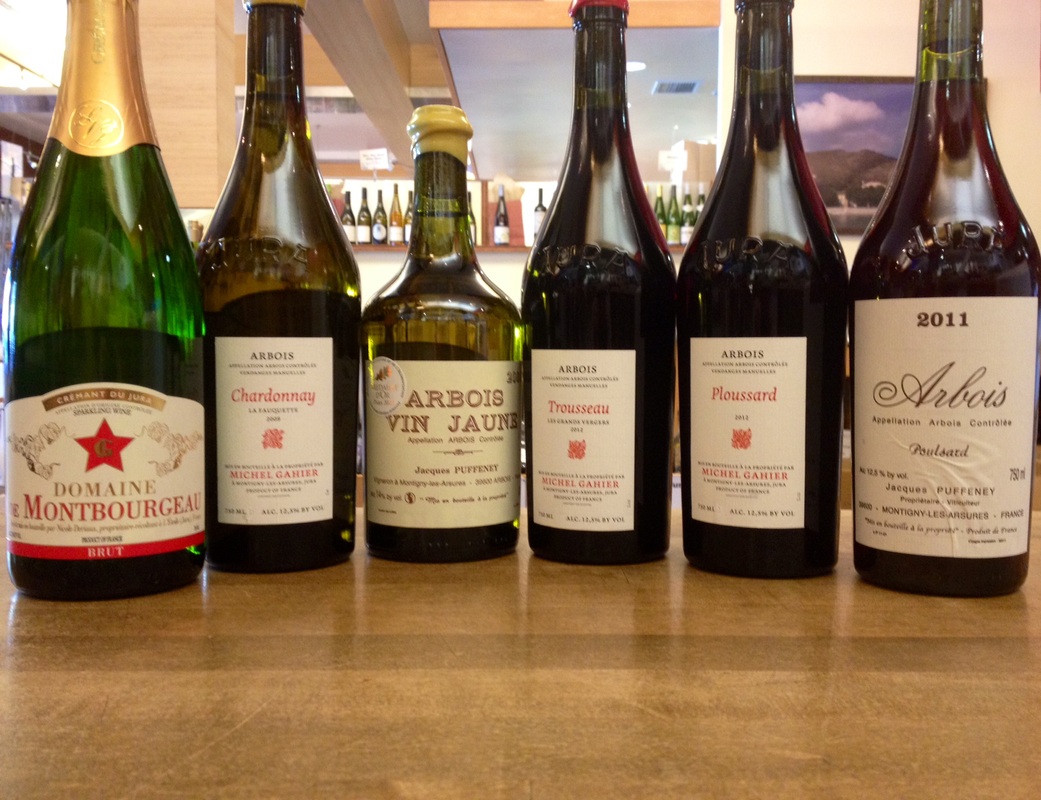When I began my journey through the world of wine, walking the aisles of a wine shop could be quite daunting. Sure, I was familiar with the basic “grocery store” wine varietals–pinot noir, cabernet sauvignon, sauvignon blanc, chardonnay, etc.–but expanding my horizons proved to be a challenge. I didn’t really learn to appreciate wine, and understand its true quality, until I started exploring Old World wines and their seemingly endless range of “unfamiliar” grapes.
I was inspired to branch out from the basic varieties while I was reading The Wine Bible by Karen MacNeil. The book is aptly named and highly recommended, as it provides a useful introduction to this sprawling subject. The chapter that first persuaded me to search for a “new” wine was about the French region of Beaujolais. I was intrigued primarily because I thought the name sounded funny, but I was also lured by MacNeil’s description of the gamay-based wines and the people of Beaujolais. Thus, my journey began…
Another step in my journey occurred when I transitioned from California cabernet sauvignon to Bordeaux. The well-known, internationally grown cabernet sauvignon is a powerful and full-bodied wine with rich, complex characteristics, but it offers a rather different expression when used in the wines from Bordeaux.
If you’re looking to break out of your own comfort zone, the following list of stepping stones might help you figure out your next move.
If You Like Pinot Noir, Try:
Gamay
Grown predominantly in the aforementioned Beaujolais region, just south of Burgundy, gamay is a light-bodied red with floral aromatics and a palate of bright cherries and raspberries. Depending on its age, the wine can also show more woodsy tones such as forest floor, mushrooms, and dried fruits. While certain crus (such as Morgon or Moulin-à-Vent) can often display more serious power and noticeable earthy notes, my favorite style of Beaujolais tends to hail from regions (such as Fleurie) noted for their lighter, fresher style.
Schiava
Typically grown in the northeastern part of Italy known as the Alto Adige, schiava is another fantastic variety that pinot noir fans should try. Light ruby in color, schiava offers a bouquet of candied cherries and strawberries along with distinct smoky and savory notes. The wine is great served with a slight chill on a hot day.
Cabernet Franc
Cabernet franc is for those who want a little more “oomph” in their wine without getting into a fuller-bodied style. Initially, I was confused by cabernet franc and tended to avoid it; to me, it seemed like a lighter wine that longed to be big and bold, like a child in a Superman costume. It can have earthy, spicy tones that are typical in full-bodied wines, yet also contains the red-fruited flavors and bright aromatics common in lighter wines.
Cabernet franc can be found all over the world; however, it truly shines in the Loire Valley, particularly in the sub regions of Chinon, Bourgueil, and Saumur-Champigny. Cabernet franc is distinguished by the presence of a chemical compound called pyrazine, which gives the grape a vegetal, green-bell-pepper-like quality. (Fun fact: Cabernet franc and sauvignon blanc are the parent grapes of cabernet sauvignon.)
If You Like Cabernet Sauvignon, Try This:
Nebbiolo
It was a bottle from the legendary Cannubi vineyard in Barolo that taught me what the term “ethereal” means. I had heard the descriptor thrown around before, but had never experienced a wine that fit the profile–until I had my first great bottle of nebbiolo. The grape thrives in Piemonte’s Langhe region (home to Barolo and
Barbaresco) and produces a structured wine with red-fruit characteristics and prominent tannins. When young, they are plush with fruit and stronger tannins, but when aged, they often have pronounced notes of leather and coffee, with earthy aromatics, soft, enveloping tannins, and a long finish. At its best, nebbiolo offers a balance of power, elegance, and “heavenly grace” that few grapes can match.
Tempranillo
Rioja and ribeye–what else needs to be said? Tempranillo provides the foundation for Rioja wines, a region in the northern part of Spain. With the influence of American oak barrels during the aging process, Rioja wines tend to have smooth tannins and expressive notes of coffee, leather, cocoa, plum, vanilla, and tobacco. When young, Rioja can be sturdy with tannins; as they age, they become more refined, with supple tannins and an increasing amount of spice and herbaceousness.
Aglianico
If cabernet sauvignon is Superman, aglianico is the Hulk–massive, brawny wines with robust tannins and a smoky, meaty profile. Aglianico can be unforgiving and aggressive when in its youth, but with time, it evolves into a complex, dynamic wine loaded with dark fruit. It has an earthy, rustic, almost dusty feel to it with notes of pepper, smoked meat, coffee, and dried fruits.
Taurasi is a great region for aglianico, and where I discovered the grape’s enormous potential. Generally speaking, I would look for bottles with more than eight years of age on them, although some winemakers do produce lighter, more approachable styles of aglianico slated for near-term enjoyment.
At Paul Marcus Wines, we always have a selection of each of these varieties, so feel free to check out our online shop or give us a call to learn more. We’re always happy to help you find that right bottle–and to assist you in your own journey through the world of wine.

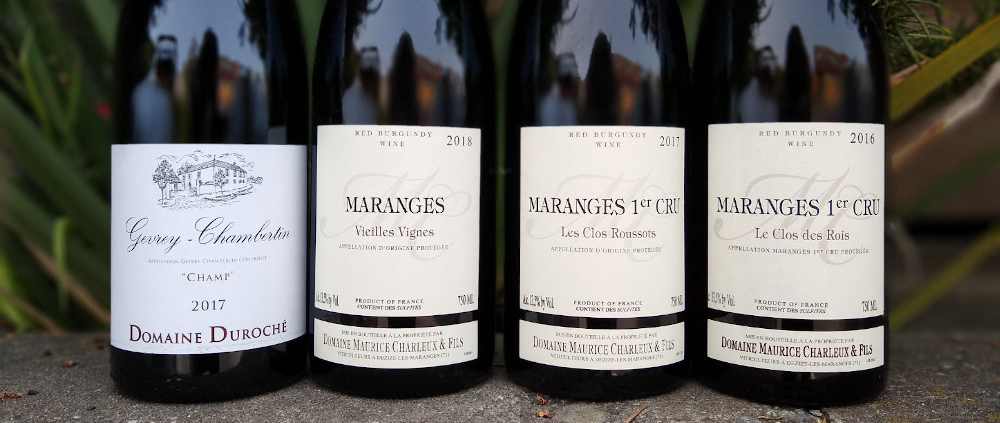
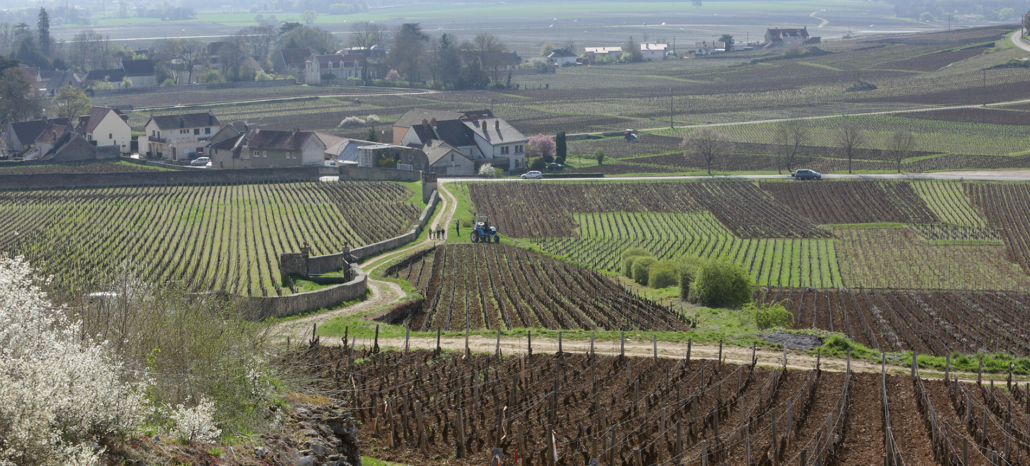
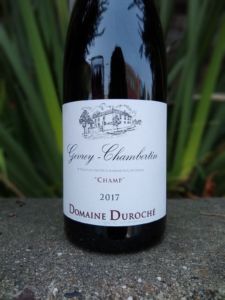 Duroché owns more than eight hectares of vineyard holdings in the Gevrey appellation. As you would expect, the utmost attention is given to the health of the soil. The grapes are rigorously sorted both in the vineyard and the cellar. Everything is de-stemmed, and the wines never see more than 15 percent new oak.
Duroché owns more than eight hectares of vineyard holdings in the Gevrey appellation. As you would expect, the utmost attention is given to the health of the soil. The grapes are rigorously sorted both in the vineyard and the cellar. Everything is de-stemmed, and the wines never see more than 15 percent new oak.